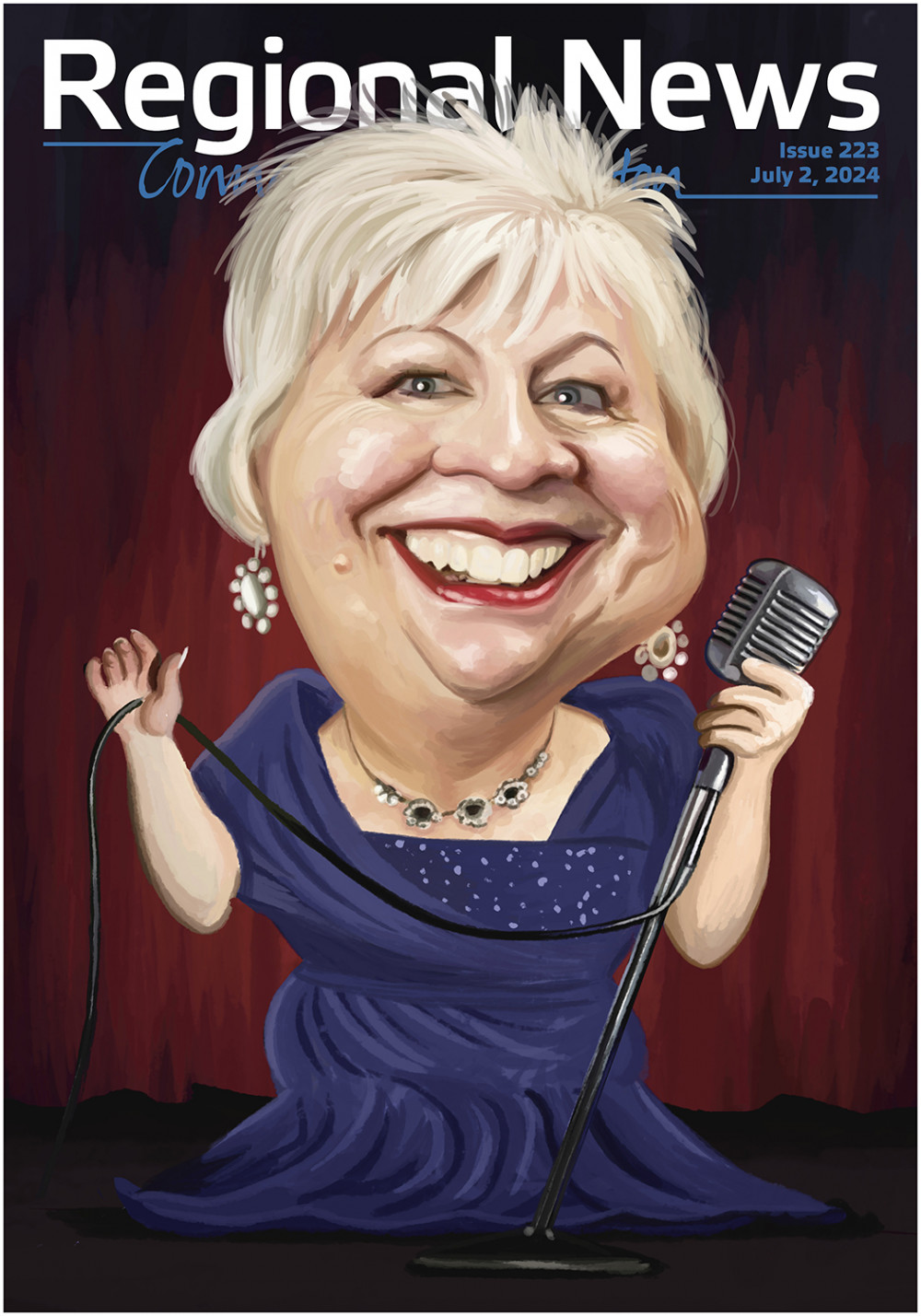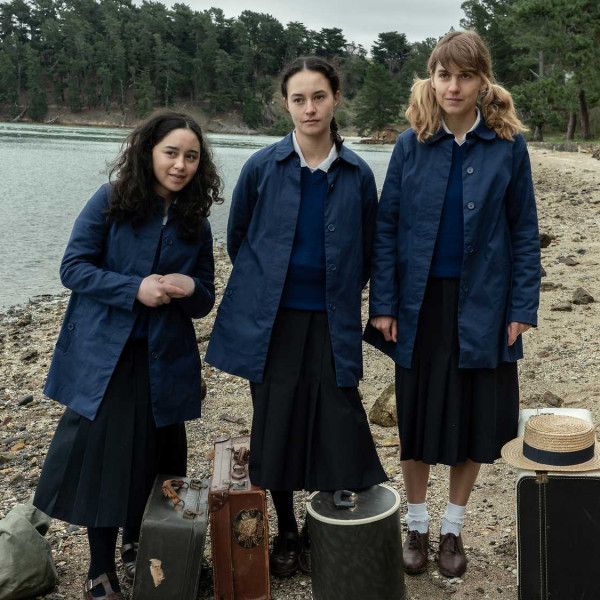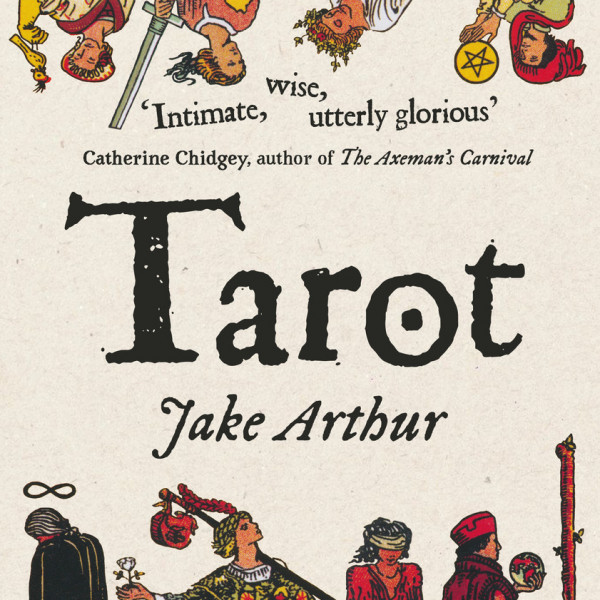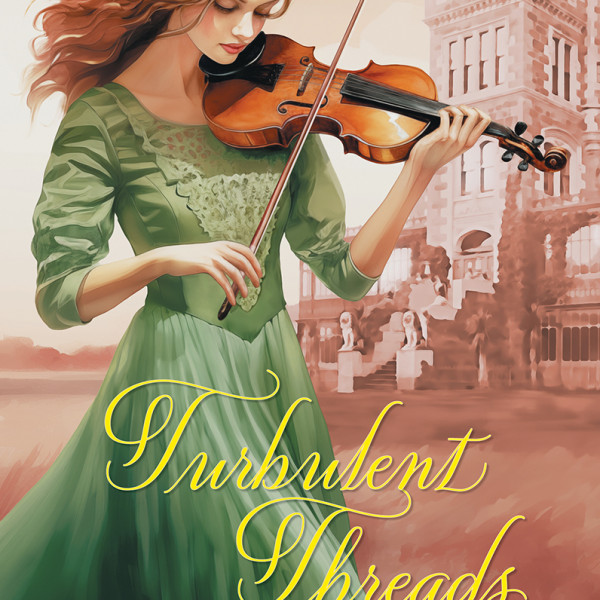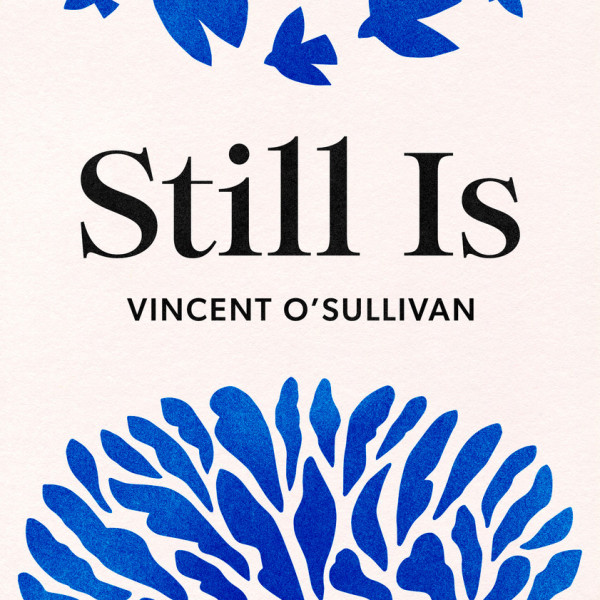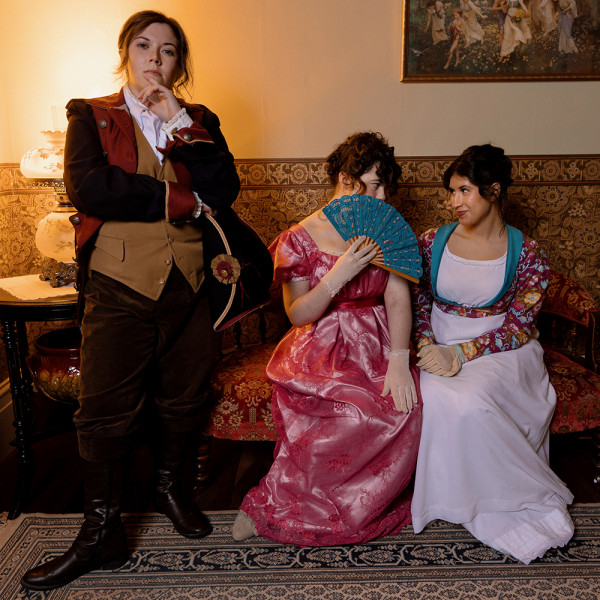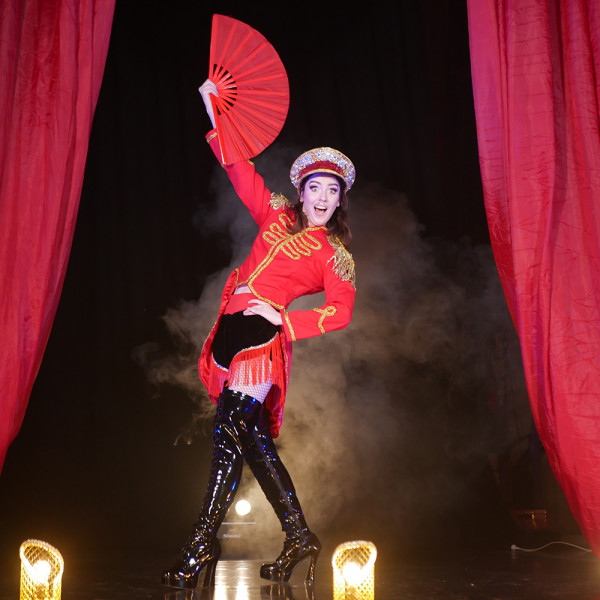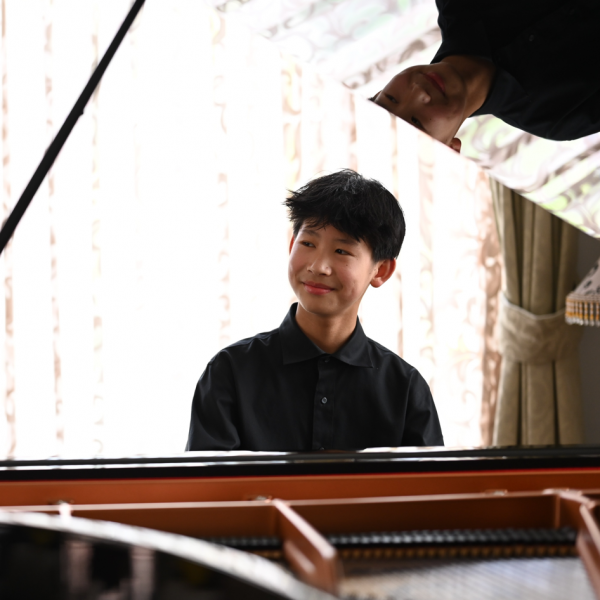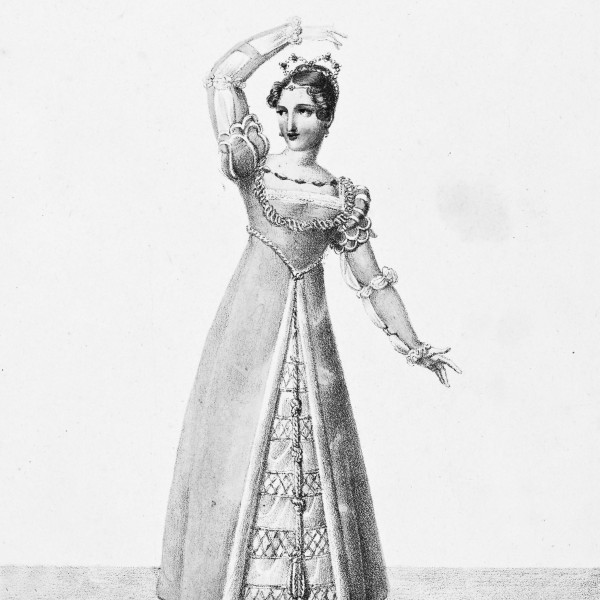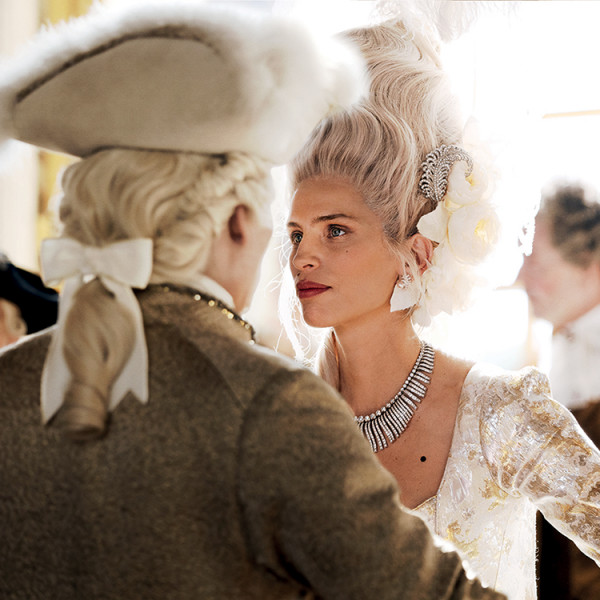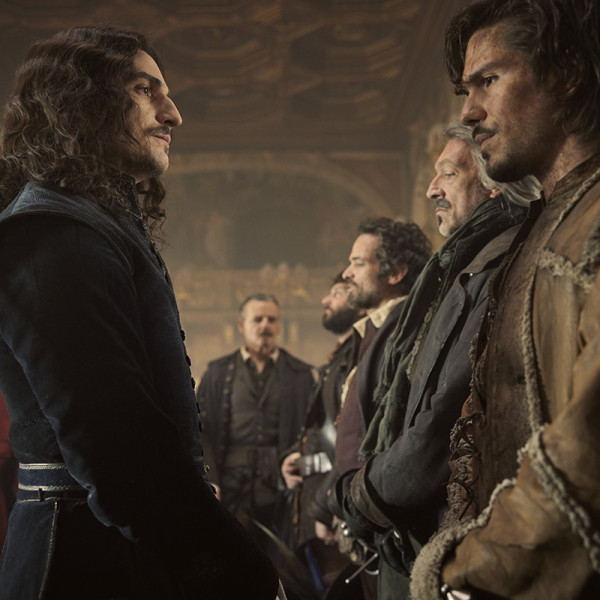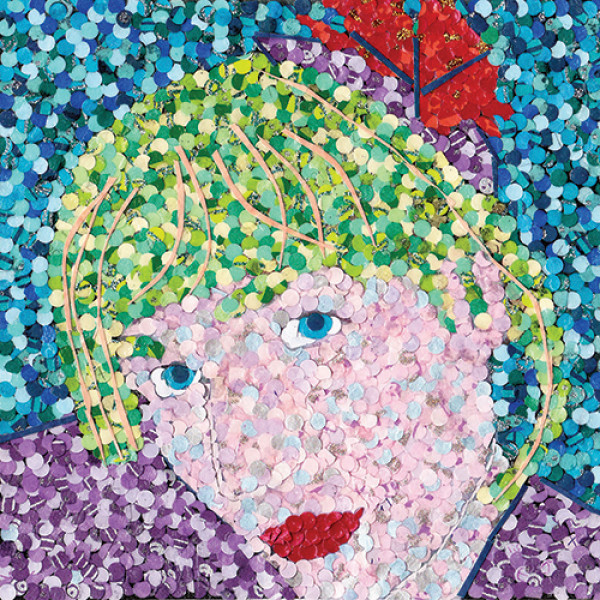
The Hound of the Baskervilles
Written by: Jon Jory
Directed by: Ewen Coleman
Gryphon Theatre, Thurs 8th Aug 2024
Reviewed by: Zac Fitzgibbon
Wellington Repertory Theatre brings to life Sir Arthur Conan Doyle’s beloved The Hound of the Baskervilles, transporting Sherlock Holmes (James Boag) and Dr Watson (Mike McJorrow) from 221B Baker Street straight to the Gryphon Theatre. Jon Jory’s adaptation of this treasured classic takes us to Devonshire, where Holmes and Watson investigate the mysteries that befall the moors surrounding Baskerville Hall and the curious connections of the nearby inhabitants.
Each actor brings forth very distinct characterisations. Boag’s Holmes is as charismatic as he is clever and McJorrow presents a very gentlemanlike Watson. Thomas McGinty provides much-needed comic relief as Henry Baskerville and aces his perky personality perfectly.
I find the set design (Scott Maxim) to be very clever, quite literally bringing the concept of upstage and downstage back to the theatre. The sloped set feels very reminiscent of the rolling hills of Dartmoor. Whilst the design is simple, it is effective, especially in combination with other scenographic elements.
The lighting design (Devon Heaphy) transports us imaginatively to Victorian England and encapsulates each of the many settings well. A particular stand out is the design for the moor at night with eerie blues and greens, some of which appear from under the set.
The sound design (Alan Burden) creates a vibrant soundscape that takes us from the streets of London to the plains of Devon. However, it would have enhanced the ambience if soundscapes occurred throughout each scene and not just at the beginning.
The fusion of these elements creates a stunning theatrical picture, taking the audience right into the action unfolding onstage. Additionally, the wardrobe design (Carol Walter) provides period-accurate costumes reminding us of the temporal setting of the play.
The game’s afoot with this one. Unlike many mysteries, Wellington Repertory Theatre’s The Hound of the Baskervilles leaves you till quite literally the midnight hour to piece together what is happening. Make sure you buy tickets now to this gripping mystery before the Baskerville Hound takes hold of you.



